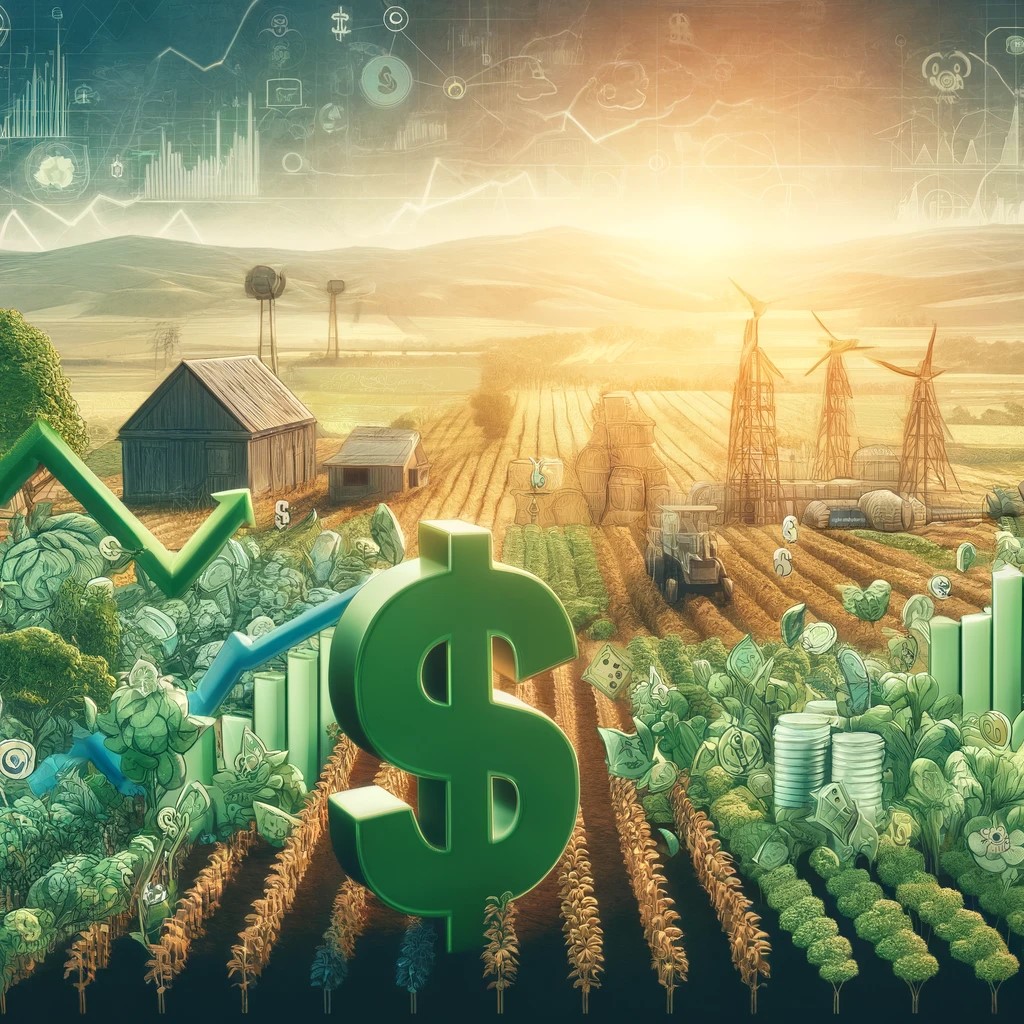Agricultural finance is undergoing a transformation, driven by technological advances, environmental concerns, and evolving market demands. As the backbone of global food supply, the agricultural sector's financial health is crucial. This article explores the current trends in agricultural finance and predicts future developments that could reshape how financing is accessed and used in agriculture.

Current Trends in Agricultural Finance
Several key trends are currently influencing agricultural finance, each addressing different challenges and opportunities within the sector:
Technological Integration
The integration of technology in agricultural finance is more pronounced than ever. Digital platforms are simplifying the way farmers and agricultural businesses access financial services. Mobile banking, digital payments, and agricultural fintech solutions are making financial transactions more accessible, especially in rural and underbanked areas. This shift not only improves the efficiency of financial operations but also opens up new financing avenues for smallholder farmers.

Sustainability-Linked Financing
There is a growing trend towards sustainability-linked financing in agriculture. Financial products are increasingly tied to sustainable farming practices, such as reduced chemical use, sustainable water management, and carbon footprint reduction. These financial products often come with incentives like lower interest rates or more favorable repayment terms, encouraging farmers to adopt more sustainable practices.
Risk Management Tools
The agricultural sector is inherently risky, largely due to its susceptibility to unpredictable weather patterns and market fluctuations. New financial instruments and insurance products are being developed to mitigate these risks. For instance, weather-indexed insurance products provide payouts based on weather conditions, rather than requiring evidence of physical loss, reducing the risk burden on farmers and insurers alike.

Future Predictions for Agricultural Finance
Looking forward, several predictions can be made about the direction of agricultural finance, reflecting broader economic, technological, and environmental trends:
Increased Use of Big Data and AI
Big data and artificial intelligence (AI) are set to revolutionize agricultural finance by enabling more precise risk assessment and management. AI can help predict market trends, optimize pricing models, and enhance decision-making processes. For farmers, this means access to more tailored and flexible financing options based on predictive analytics and real-time data.
Integration with Global Markets
As agricultural markets become more integrated globally, the financial products that support them will need to evolve. This could lead to the development of more sophisticated financial instruments that cater to the global trading of agricultural commodities. Such instruments would need to account for currency risks, trade barriers, and other regulatory challenges.
Conclusion
The future of agricultural finance is one of exciting potential and significant change. Technological innovations, coupled with a shift towards sustainable practices, are at the forefront of shaping new financial landscapes in agriculture. As these trends continue to develop, they promise to enhance the resilience and productivity of the agricultural sector, ensuring that it can meet the demands of a growing global population while preserving the natural environment. These advancements will not only benefit farmers but also strengthen the overall food security framework globally.





